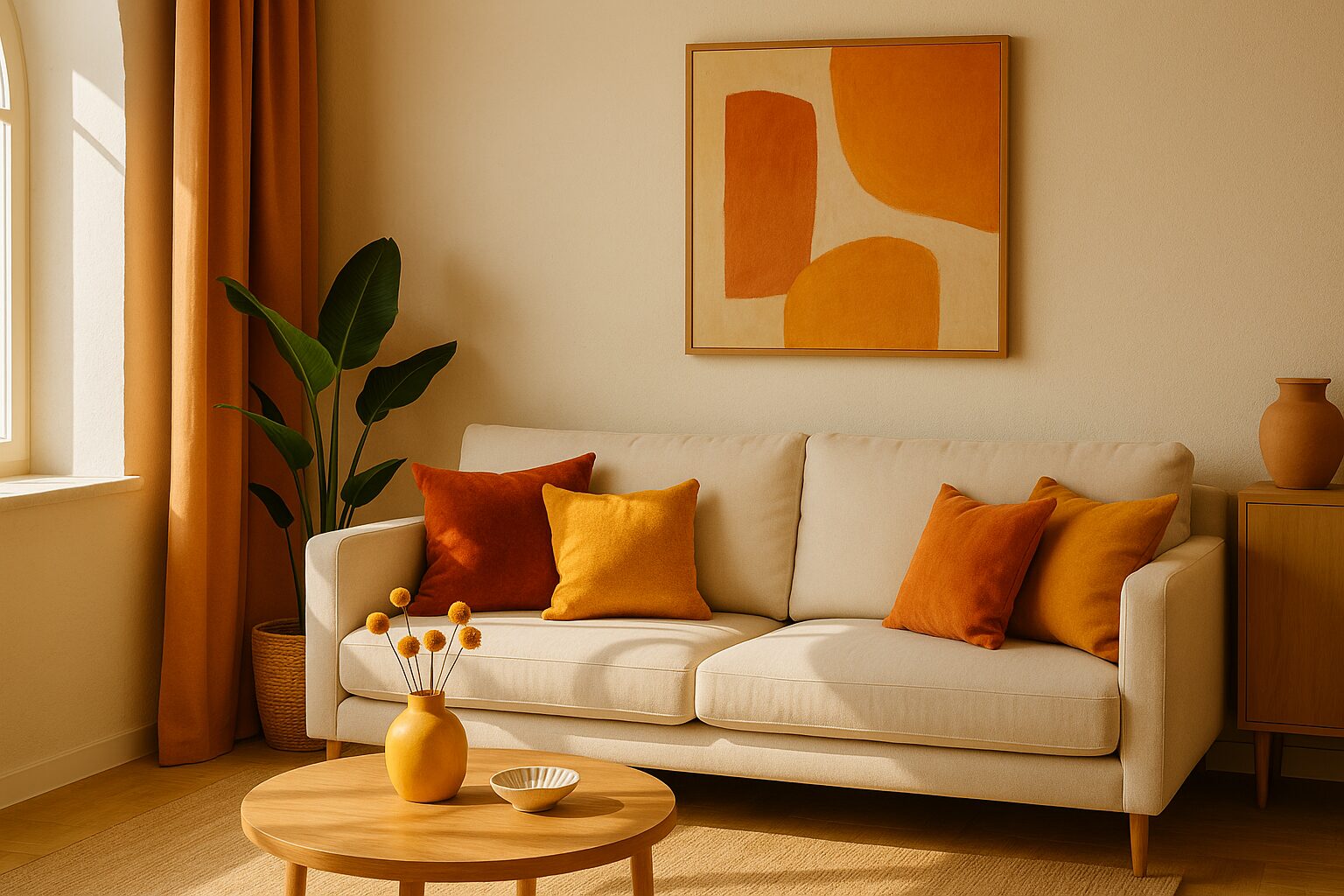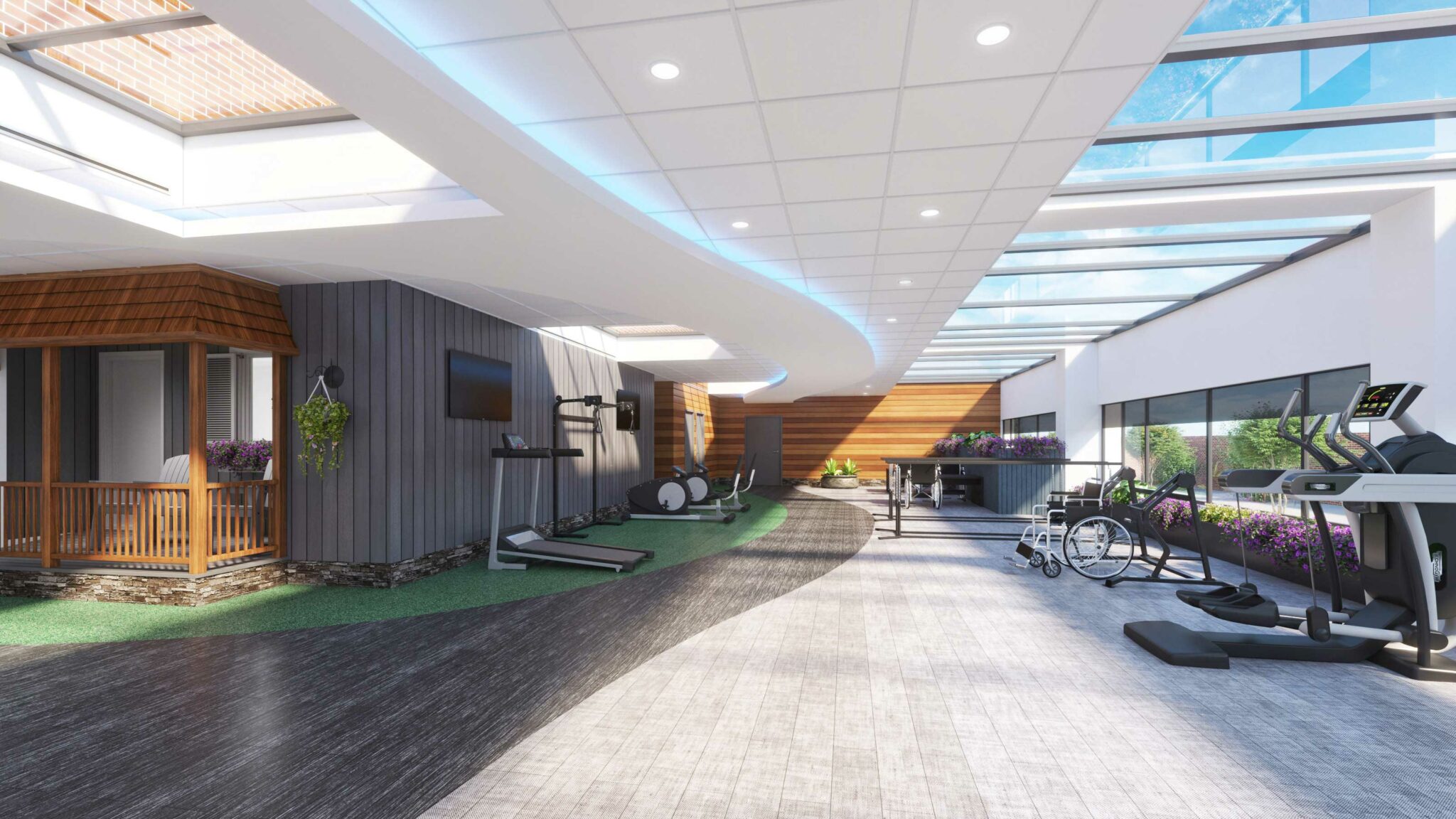Introduction
Interior design in assisted living facilities has long been a matter of practicality and safety. But today, a shift is apparent. Designers and architects are creating spaces that are not only functional and safe but also aesthetically pleasing and homely. The goal is to enhance the overall quality of life for residents. This article explores the changes in interior design for assisted living and how it’s impacting residents’ lives in 2024. We will delve into the evolution of design in these spaces, the integration of technology, and the impact these changes are having on the lives of residents.
The Evolution of Interior Design in Assisted Living
Assisted living facilities have been evolving over the years. Traditionally, these spaces were designed with a clinical, hospital-like feel. This was primarily due to the emphasis on safety and functionality. However, as our understanding of wellness and senior care has evolved, so too have these spaces. Recent developments have seen these designs refashioned into homely environments that prioritize comfort and wellbeing.
The Shift from Clinical to Homely
The transformation from a clinical environment to a homely one is a notable trend in assisted living facilities. This change is driven by a growing understanding of the importance of creating a home-like atmosphere for residents. Research has indicated that a familiar, homely environment can significantly improve the mental wellbeing of residents, reducing feelings of depression and isolation. The design elements that contribute to this change are varied and include the use of softer, warmer colors, comfortable furniture, and personalization.
Integrating Technology
Another significant shift in the design of assisted living facilities is the integration of technology. Smart technology is being incorporated into the design of these spaces, enabling a safer and more comfortable environment for residents. The use of technology ranges from simple additions, such as automatic lighting and heating systems, to more complex features like fall detection sensors and remote health monitoring devices. These features are subtly integrated into the design, ensuring that the homely feel of the space is maintained while improving functionality and safety.
The Impact of Interior Design on Residents’ Lives
The evolution of interior design in assisted living facilities has had a profound impact on the lives of residents. It has improved their quality of life, both in terms of mental wellbeing and physical safety.
Enhanced Quality of Life
A well-designed space can significantly enhance the quality of life for residents in assisted living facilities. A homely environment can contribute to mental wellbeing and decrease feelings of isolation. By creating a space that feels familiar and comfortable, residents can maintain a sense of normalcy, which is crucial for their mental health.
Improved Safety
The integration of smart technology in these spaces has also improved safety. Features such as fall detection sensors and automatic lighting systems enhance security and independence for residents. These features allow for a higher level of autonomy, while also ensuring that help is readily available when needed.
The Future of Interior Design in Assisted Living
The future of interior design in assisted living looks bright. With continued advancements in technology and a growing emphasis on creating homely environments, we can expect these spaces to continue to evolve in a way that puts residents’ comfort and wellbeing first. We anticipate a further blending of technology and design, with the aim of creating spaces that are both inviting and safe. As technology advances, we can also expect to see a greater emphasis on personalization, with spaces tailored to the individual needs and preferences of each resident.
Conclusion
There’s no doubt that interior design is changing the face of assisted living in 2024. By creating spaces that are homely, safe, and integrated with technology, interior designers are enhancing the lives of residents in assisted living facilities. As we look to the future, we can expect these trends to continue, shaping the face of assisted living in the years to come. The impact of these changes will be felt not just by the residents, but also by their families and the wider community, creating a ripple effect that will redefine senior care as we know it.




